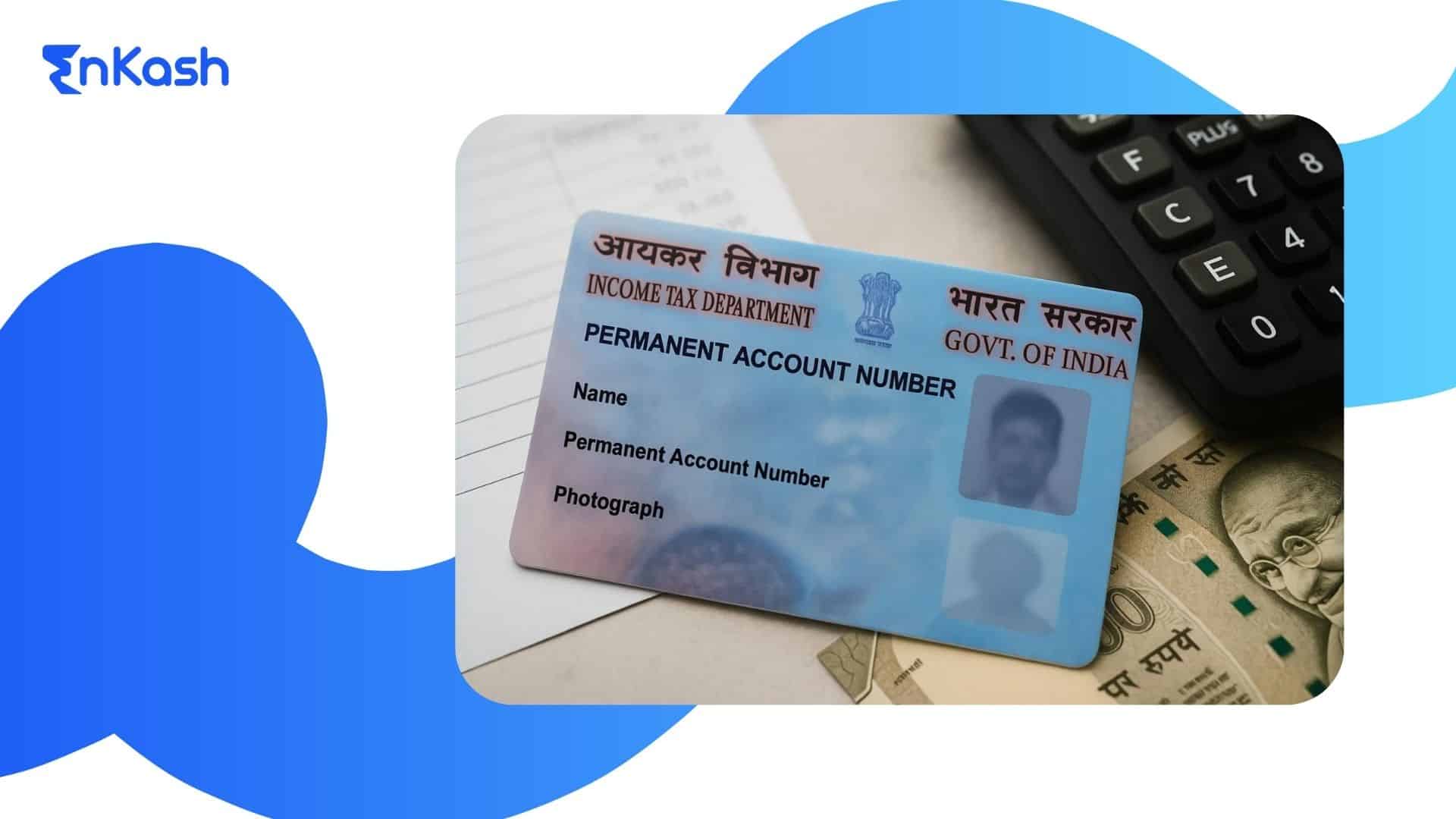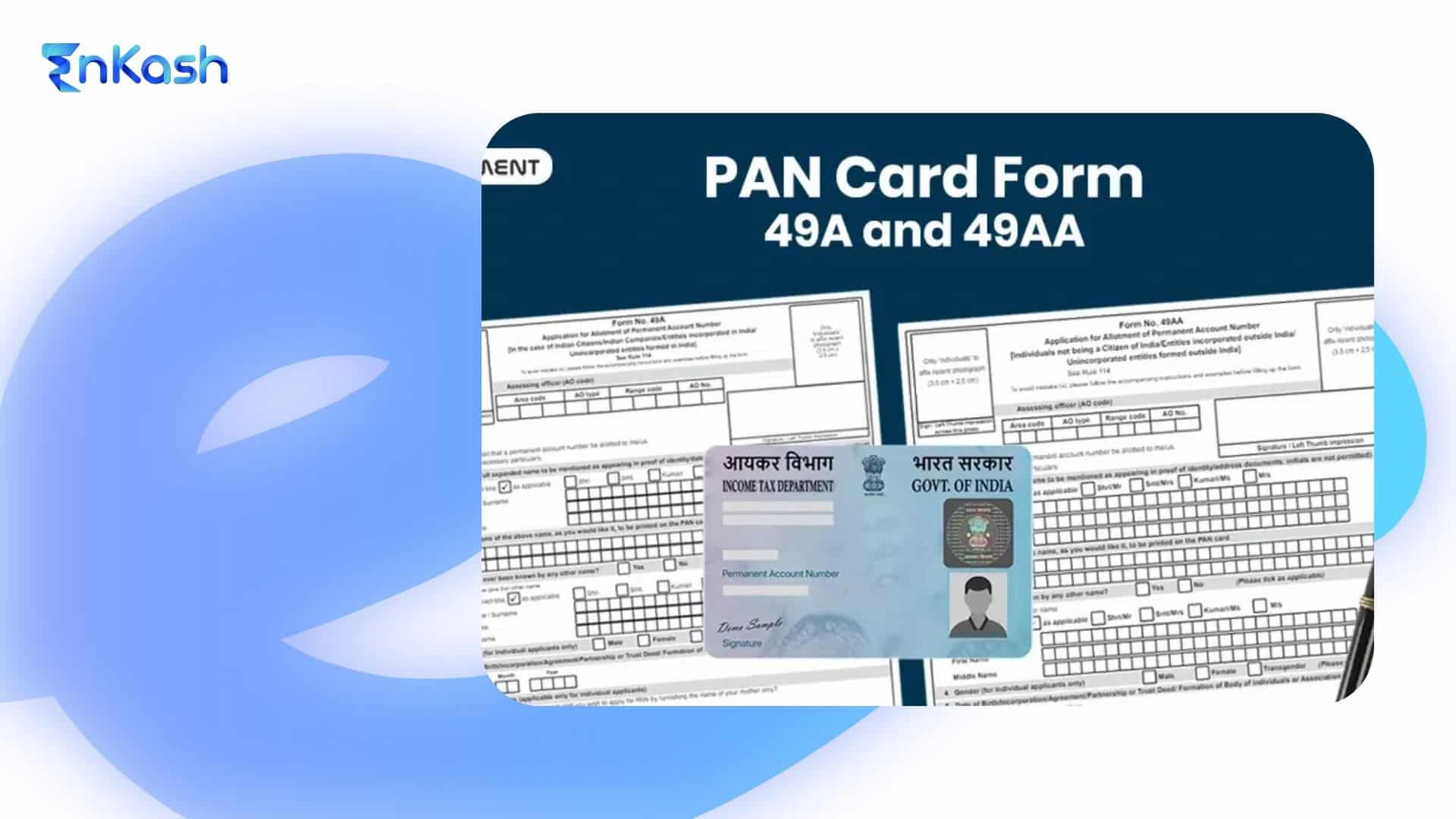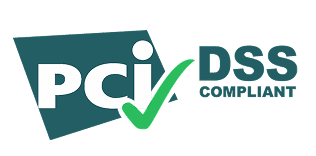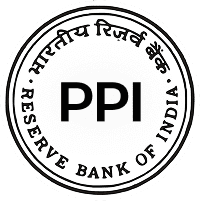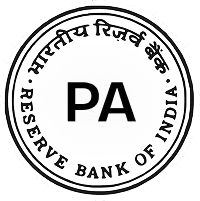Introduction
Every second, millions of online transactions take place in today’s digital economy. With greater convenience comes greater risk—especially involving sensitive card data. Here is where PCI DSS Compliance comes into play. This guide will explain the meaning of PCI DSS compliance, the importance of payment gateways, and how businesses can protect, comply with, and ensure creditworthy channels.
The Need for Safer Payments
In today’s digitally driven world, the way we make and accept payments has evolved rapidly. From online retail to mobile banking to digital wallets to recurring subscriptions, it takes no more than a click or a mere tap for a transaction to occur, yet payments have never been so convenient. With ever-increasing payment conveniences, the dark questions relating to the integrity of the payment data began to arise. For a business, especially one involved in e-commerce or online software services, data security for its customers must be a priority. As cybercrime evolves, the importance of the security of payment is becoming ever more vital. Cardholder data is among the most targeted assets by hackers. Sensitive information such as credit card numbers, expiration dates, CVV, and personal identifiers could easily be exploited if such were not properly protected. Information sold on the dark web, once exposed, can be used for unauthorized transactions, leading to financial loss for both consumers and businesses.
Yet a single compromise could have a long-term effect beyond monetary loss. Companies may face blows to their reputations, legal implications, and loss of consumer trust, sometimes forever. It can be many years before the company is able to recover, in most cases, from such breaches. Consumers today are increasingly concerned about privacy and now expect every brand they interact with to offer a digital experience that is completely secure. If a company doesn’t provide adequate handling of payment information, customers may never interact with it again. Subsequently, in the wake of this demand for protection, strict industry rules and government laws have been enacted to protect payment information. The PCI DSS compliance framework is among the most famous of these.
Non-compliance can lead to fines (typically $5,000–$100,000/month), loss of processing rights, or reputational and legal risks. Payment gateways and processors are also subject to PCI DSS and must use encryption, tokenization, and secure transmission to protect card data. They act as intermediaries between a buyer and a bank to complete transactions most safely. If these systems are not secure, it means a risk to the entire payment chain! It may seem difficult to secure digital payments, but ignoring them can be far more dangerous. PCI DSS Compliance offers a clear roadmap for securing your payment environment, regardless of whether you are a fledgling online business or a large organization.
The Origin and Purpose of Global Data Security Standards
In response to growing concerns over payment security, the Council of PCI Security Standards introduced a set of global guidelines called PCI DSS. This denotes the Payment Card Industry Data Security Standard. The first version of PCI DSS (1.0) was released in December 2004 by Visa, Mastercard, American Express, Discover, and JCB.. They intended to come up with a single set of security practices followed by every entity that deals with card information, whether they are merchants, service providers, or banks. PCI DSS intends to provide a framework in which sensitive cardholder information is securely handled, processed, stored, and transmitted. PCI DSS applies to any entity processing, storing, or transmitting cardholder data—even when using outsourced payment systems. Adhering to PCI DSS compliance prevents data breaches, fraud, and other crimes from occurring in the first place.
The 12 main security requirements that the PCI DSS framework outlines include some of the following: stored-cardholder data protection, maintaining secure networks, strong access control implementations, system monitoring, and a security policy of its own. PCI DSS forbids storing sensitive authentication data—like full magnetic-stripe contents or CVV—even if encrypted. And if such data has to be retained, it must be strongly encrypted, using strong, industry-standard encryption algorithms. Systems must be kept up-to-date, filled with the latest patches for known vulnerabilities; firewalls need to be installed so they can block unauthorized access requests, with configurations established securely to prevent unauthorized access. The payment data must be accessed by only those personnel who are required to do so to perform their work. This access must be controlled through login credentials and two-factor authentication. In return, they should regularly conduct tests on the systems, review all access logs, and thoroughly investigate any suspicious activities without delay. Finally, a security policy must be well documented and practice-oriented, with adequate training regularly provided to keep up with any new developments in best practices. Collectively, these procedures are referred to as PCI DSS controls, which are accepted as the best option for the creation of a secure payment ecosystem. Before the implementation of PCI DSS, each credit card brand had its own set of security protocols. This created disparity among merchants, at times taking away opportunities to undertake due diligence on security.
Repeated data breaches came with the urgency of having an industry-wide standard. PCI DSS attempted to answer this need by providing a clear, detailed, and complete framework for entities, big or small, to adequately protect cardholder information.
Why Data Protection is an Imperative for Payment Gateways
In the quick-paced digital world of today, payment gateways play a central role in facilitating online transactions. As intermediaries between the customer, merchant, and banking network, these gateways witness millions of transactions daily. Hence, keeping sensitive and confidential financial information away from theft, misuse, or unauthorized access must be the priority. Therefore, payment gateways require compliance with PCI-DSS. Here are some arguments for why data protection must come first in payment gateways.
PCI DSS compliance is non-negotiable for payment gateways
Any lapse in compliance puts the payment flow at risk and thereby opens possibilities for fraud, financial penalties, or damage to reputation.
Gateways are responsible for encrypting cardholder information
Data must be encrypted at every stage of the transaction, from when the customer enters the card information through to finally completing the transaction.
Secure data transmission is a core responsibility
Sensitive information must be sent through secure channels by the payment gateway, so no one can intercept or tamper with data during transmission.
Storing unnecessary cardholder data is strictly prohibited
PCI DSS requirements stipulate that sensitive information, such as full card numbers, CVV numbers, and magnetic stripe data, is not to be stored unless it is an absolute necessity, in which case the data must be encrypted.
A single vulnerability can impact everyone involved
Not only do non-compliant gateways put themselves at risk; rather, they endanger merchants and the public, too. Criminals can use any small security loophole to grab huge amounts of data.
Achieving PCI DSS certification is the first step toward trust
Certification proves that a gateway provider is upholding the highest professional standards for data protection. The merchants and customers must be reassured that their transactions are in safe hands.
Renewal of a PCI DSS certificate is equally important
It is never a one-time process for certification; upon its achievement, one must ensure compliance on an ongoing basis through audits, reviews, or whatever updates need to be done according to evolving threats and changing standards.
A payment gateway cannot treat compliance as a mere tick-the-box exercise. It is the base upon which a secure system gets built for executing every transaction through its system.
How to Boost Payment Safety
Below are some essential actions every business can take to strengthen payment security and ensure continuous compliance:
Refer to a PCI DSS compliance checklist
Such an index serves as a general picture of what needs to be implemented, recorded, and maintained. The checklist contains every sort of control, process, and documentation that must be considered to retain compliance status.
Leverage PCI DSS compliance solutions or certified experts
There are quite a few parties offering assistance to ensure the fulfillment of the compliance standards. The services provide data encryption, risk assessment, tokenization, and incident response tools.
Regularly perform vulnerability scans and penetration tests
Another effective security measure is to fix system weaknesses even before the attackers try to exploit them. The tests will find vulnerabilities, though some might have otherwise gone unnoticed.
Encrypt sensitive data in transit and at rest
This mechanism ensures the data cannot be read or used by unauthorized persons while in transit or at rest for legitimate business purposes.
Implement stricter access controls on job roles
There is no reason for every employee to access cardholder data. Restrict access to only those with a legitimate need and maintain an audit trail with respect to such access in order to reduce the risk of internal or external compromises.
Train employees to safeguard payment data
Human error remains one of the biggest vulnerabilities in data breaches, and it is ongoing training that instills the value for security, recognition of phishing attempts, and best security practices into the employees.
Keep systems up to date and patched
With the presence of out-of-date software and the associated known vulnerabilities, most breaches take place. Therefore, it is very important that operating systems, payment software, and any third-party plug-ins stay patched.
Document all security policies and procedures
Clear security policies that are defined and enforced help guide internal teams and show compliance to auditors or regulatory bodies.
Set up an incident response plan
Being aware of the response in the event of a breach or attempted attack helps reduce damage and speed recovery. This includes acknowledging impacted parties and reporting the incident to the relevant agencies.
Monitor systems and logs continuously
Suspicious activity must be spotted early to prompt a quick reaction; otherwise, a small issue turns into a major breach.
How Businesses Stay Up-to-Date with Evolving Norms
Payment security can never be a one-time effort for a business. The adaptation to industry standards in this day and age is at best a continuous need, with PCI DSS compliance being a highlight of it all. Threats evolve. Technology changes. The regulatory environment adjusts accordingly. This means that businesses have to take a security approach that is proactive rather than reactive when it comes to securing cardholder data. Here are some key activities businesses need to perform to stay up to date with compliance norms:
Submit compliance reports regularly
According to the size and transaction volume of the business, companies are expected to submit reports on a quarterly or annual basis to prove that they are still compliant. These reports can be made up of vulnerability scan reports, self-assessments, or audits.
Conduct ongoing internal and external audits
After every set time interval, regular assessments must be carried out to guarantee that all systems, networks, and processes continue to meet PCI DSS standards. It is not a one-time process but a continuous responsibility; This helps identify and address potential gaps before they become vulnerabilities.
Keep yourself updated with PCI DSS news
From time to time, the PCI Security Standards Council amends its framework. This type of event is essential as it aims to reflect changes in technology and payment trends and in the threat landscape. For this reason, to comply, one must stay updated and make the right adjustments.
Stay alert about newly emerging threats and vulnerabilities
Businesses at large need to keep an eye on this global cybersecurity trend, including malware outbreaks, phishing attacks, and zero-day vulnerabilities that might affect payment systems.
Renew PCI DSS certification before it lapses
In most cases, the certification remains valid for one year only. Upon expiry of a certificate’s validity period, the organization shall be reassessed, and if the evaluation is favorable, the certificate shall be renewed, thus maintaining compliance status and preventing disruption.
Ensure that vendors and other third-party service providers are compliant as well.
Third-party companies are often used for payment processing, storage, or analytics of some sort. A data breach might render your company liable if these partners are not PCI DSS compliant.
Keep employee awareness and training programs going
Employees are often the front line of compliance. Training them in company policies, phishing techniques, and data protection best practices underscores the proper implementation of security measures.
Invest in updated technologies and tools
The world of payment technologies moves quickly. An older system can bring vulnerabilities in its wake. Therefore, businesses should keep looking at and updating their tools and infrastructure.
While businesses that practice the above act will ensure compliance is never again just a mandated requirement but rather something they live by every day. It serves as a shield for sensitive cardholder data and the long-term reputation and viability of the organization.
Common Errors to Avoid
While many businesses start with good intentions toward maintaining PCI DSS compliance, common mistakes can put their payment systems—and customer trust—at risk. These errors, often overlooked or underestimated, can lead to severe consequences, including data breaches, regulatory penalties, and lost customers. Avoiding the following missteps is essential for keeping your organization safe and compliant:
Storing cardholder data without encryption.
Though storing card details appears convenient for recurring payments or customer experience, one must remember that PCI DSS forbids such storing of data without encryption; plus, such practice can lead to fraud.
Ignoring Software Updates and Security Updates.
Delays in updating systems are usually the most common yet perilous missteps that businesses make. Older software contains some vulnerabilities that attackers exploit.
Using default or weak passwords.
Using default usernames and passwords is like handing the keys to your payment data to anyone who wants to enter. Unique, strong credentials and multi-factor authentication must be implemented everywhere that payment data is dealt with.
Ignoring access control protocols.
Granting unnecessary access to payment systems puts your enterprise at risk. Companies must also apply the principle of least privilege to ensure that only those personnel who should have access are able to view sensitive data.
Seeing compliance as a one-time activity.
Some organizations fall into the trap of treating it like a checklist during audits. In actuality, PCI DSS compliance must be maintained every day, not just when an audit looms.
Ignoring employee training.
Even with all the technology in place, human factors remain one of the most common causes of a data breach. A simple lack of awareness about phishing scams, how to securely handle data, or the dangers of unauthorized sharing can lead to compliance failure in all these cases.
Not doing due diligence on vendors.
Even if your systems are secure within your internal network, using third-party services that are not compliant with PCI DSS standards will put your data at risk. Do ensure always to inquire about the status of compliance of any vendor dealing with payment data.
Making these common errors could very well undermine the efforts a business puts into creating a secure environment. Recognizing and avoiding such common mistakes is indispensable to ensuring compliance while protecting customers and business reputation.
Real Benefits of Implementing Secure Payment Frameworks
Implementing a secure payment framework, such as PCI DSS compliance, is more than simply a box to tick to keep regulators happy; it stands to be a business strategy with vast paybacks, especially in the digital age. A very immediate benefit is instilling trustworthiness among customers. As digital payments have become more common, customers expect that their financial information will be treated with respect. Achieving PCI DSS compliance is a straightforward trust signal for a customer: that your business cares for safety and security, which leads to confidence and loyalty. PCI DSS also serves to enforce the reduction of risks from a cyberattack or data breach. In terms of keeping cardholder data secure, PCI DSS secures the biggest potential weaknesses by controlling encryption, access, and monitoring the systems being protected. This is done to safeguard the data from being stolen and protect the organization from financial loss, lawsuits, and reputational damage that goes along with it.
Furthermore, compliance with security standards is necessary for businesses to meet the expectations of the industry and regulatory requirements stipulated by payment networks like Visa and MasterCard or by local and international law enforcement agencies. It also makes for an overall good improvement in IT security, requiring all companies to engage in better security practices towards their general operations outside of payments. From a marketing perspective, PCI DSS certificate attainment adds credibility and trustworthiness for a company when entering new markets or working with global payment partners who demand secure systems. Compliance prevents the company from incurring huge fines while also enabling the company to avert an operational disturbance that would frequently be brought on by non-compliance.
It cultivates a culture of accountability, integrating scheduled audits, employee training, and security reviews into your organization’s operational processes. Most importantly, PCI DSS compliance has long-term and far-reaching benefits—it secures your transactions, strengthens business resilience, presents growth opportunities, and places your organization as an authentic player in the digital economy. For businesses of all sizes, it’s a vital step toward building a secure, future-ready payment environment.
Conclusion
Providing system security is no longer optional in a world where digital payments are made. By complying with PCI DSS standards, conducting business results in the safeguarding of customer data and, consequently, the building of its reputation and growth potential. For merchants or a PCI DSS payment gateway provider, continued vigilance and awareness, staying compliant, and being proactive in conducting digital transactions are all safeguards.








